Health Promotion Assignment on Health Status of Native Hawaiian
Question
Task
Select an ethnic minority group that is represented in the United States (American Indian/Alaskan Native, Asian American, Black/African American, Hispanic/Latino, Native Hawaiian, or Pacific Islander). Using health information available from Healthy People, the CDC, and other relevant government websites, analyzes the health status for this group.
In a detailed report of health promotion assignment of 1,000-1,250 words, compare and contrast the health status of your selected minority group to the national average. Include the following:
Describe the ethnic minority group selected. Describe the current health status of this group. How do race and ethnicity influence health for this group?
What are the health disparities that exist for this group? What are the nutritional challenges for this group?
Discuss the barriers to health for this group resulting from culture, socioeconomics, education, and sociopolitical factors.
What health promotion activities are often practiced by this group?
Describe at least one approach using the three levels of health promotion prevention (primary, secondary, and tertiary) that is likely to be the most effective in a care plan given the unique needs of the minority group you have selected. Provide an explanation of why it might be the most effective choice.
What cultural beliefs or practices must be considered when creating a care plan? What cultural theory or model would be best to support culturally competent health promotion for this population? Why?
Cite at least three peer-reviewed or scholarly sources to complete this assignment. Sources should be published within the last 5 years and appropriate for the assignment criteria and public health content.
Answer
Introduction
The present health promotion assignment discusses the health status of a group that largely depends on the cultural practices that they are preaching. There are numerous ethical groups residing within the geographical territory of USA. The country is diverse in culture and values. The ethics and values of the groups are reflected in their dailyactivities resulting in their prevailing health status within USA. The study takes into consideration the detailed evaluation of the cultural influences of Native Hawaiian and their health status. Focus is made on the barriers to health in the community with the current actionplans taken. Light is also shed in the preparation of the three-level health promotion plan for the community in a vivid manner.
Native Hawaiian
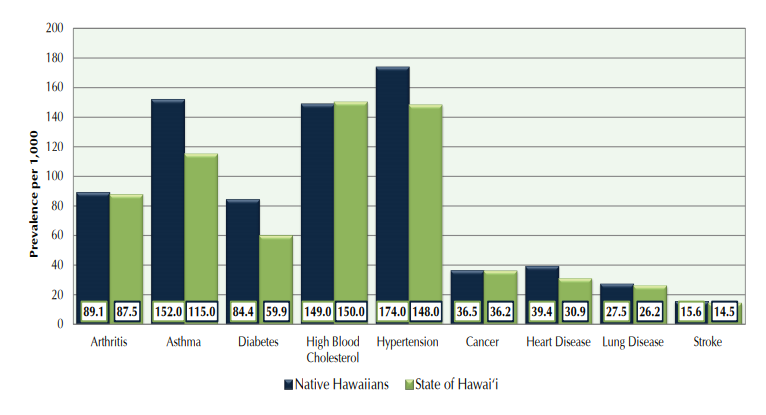
Figure 1: Health condition of Native Hawaiian
(Source:Cdc.gov, 2020)
The close inspection of the health reports highlighted that the Native Hawaiians are facing huge health challenges. The people are identified to have huge issues of asthma. The other prevailing issues include hypertension and high cholesterol. The cultural beliefs have been the major reason for the imbalance within the three anchors of the lokhai triangle. The ill beliefs like the occurrence of the diseases are due to the "ancestral wrongness to the sprit. Most of the diseases and health issues within the native are referred to be the "cultural-historical trauma.” At the same time, the traditional diet that is consumed by the Native Hawaiians are low in cholesterol and was effective in keeping the blood sugar in control. Hoverers, the increasing westernization in the food habits of the Native Hawaiians, are determined to be the reason for increased morbidity and mortality rates.
Current health status of Native Hawaiian with comparison with National average
Asthma
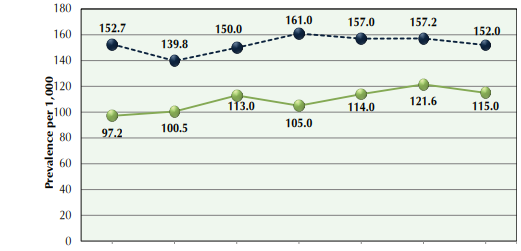
Figure 2: Threat of Asthma in Native Hawaiian
(Source:Oha.org, 2020)
Heart Diseases
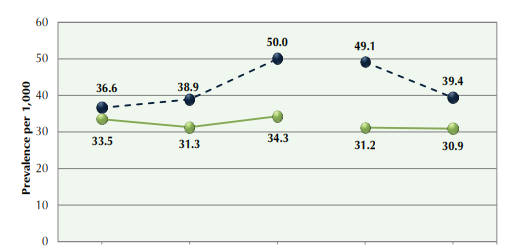
Figure 3: Threat of Heart Diseases in Native Hawaiian
(Source:Oha.org, 2020)
Diabetes
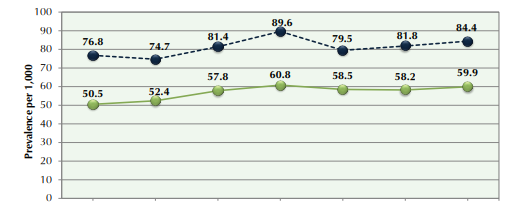
Figure 4: Threat of Diabetes in Native Hawaiian
(Source:Oha.org, 2020)
Hypertension
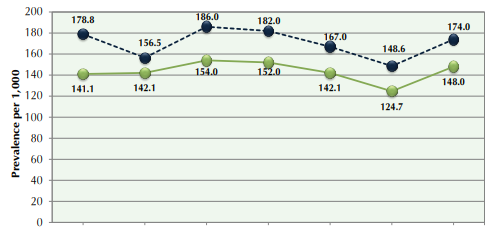
Figure 5: Threat of Hypertension in Native Hawaiian
(Source:Oha.org, 2020)
Adult obesity
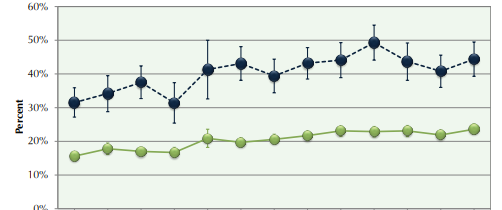
Figure 6: Threat of Adult Obesity in Native Hawaiian
(Source:Oha.org, 2020)
The above-mentioned graphs reflect the fact that the current health condition of Native Hawaiians is a matter of great concerns in the blue trend line and the National averages in green. The poor nutrition, along with the consumption of tobacco and alcohol, has been the major reason for deteriorating health status of the community which is less in case of national averages. The issues of hypertension have been rising rapidly among the community in recent times in comparison with the National average. As presented in the graph, the threats are increasing. It is in turn, the outcome of the kidney diseases, use of birth control along with the thyroids and tumor issues which is very nominal when the national averages of USA are taken into consideration. The type-two diabetes is genetic and is very much common among the community (Medlineplus.gov, 2020). Thus, the community’s health conditions are poor and thus are the needs of the proper healthcare program. On the contrast the National average are aware of their health and are taking measures to maintain a healthy lifestyle.
Influence of race and ethnicity on health
The influences of race and ethnicity are huge on the community of Native Hawaiian. The attitude of the community towards the planning for death is very traditional. They are firm believers that the aina(environment), Kuleana(responsibilities of family members), Ohana(family) as well as Kokua(interdependence and mutual support) are important for a healthy body and mind (Antonio et al., 2020).
Health disparities
- Shortest Life expectancy
- Higher Mortality rate
- The high rate of disproportionately high cardiovascular rates
- The high rate of diseases associated with the obstructive lungs like that of asthma, bronchitis as well as emphysema
Nutritious challenges
The low contains of fibers in the foods has been identified in the diet intake by the community with a higher portion of sugar in the diet leading to health issues like diabetes. The changes in dietary habits due to westernization and altered the food habits of the community (Cdc.gov, 2020). The populations are unaware of the lactose mal-digestion, which has been the reason for the majority of the health issues.
Barriers to health
|
Factors |
Barriers to health |
|
Culture factor |
The initial diets have been planned as per the hormonal condition of the community.However, the assimilation of the ideas and the increase in western influences have increased health issues like diabetes and obesity. |
|
Socio Economics factor |
The poor economic condition and ill beliefs within the community have been acting as barriers towards advanced healthcare practices. |
|
Education factor |
The lack of knowledge and the strong traditional beliefs of the community has been the core reason for improper health care practices (Park et al., 2018) |
|
Socio Political factor |
The issues like Racism and Colonization has been the reason for poverty and poor educational facilities leading to the improper health status of the Native Hawaiian community. |
Activities of health promotion for the group
- The PILI “OHANA” Project
As per the National Institute of Minority Health and Health Disparity has been formed by the leaders of the communities to educate the Native Hawaiians about the health issues and profit them with health aids (Cdc.gov, 2020). - KaKOLO Project
The project has been effective in creating awareness among the local communities and thus educates them about the diet and the healthy lifestyle that they need to practices in the process of exhibits better health statuses (Cdc.gov, 2020).
Effective care plane with three levels of health promotion
As per the three levels health promotion plans in the context of the current health issues of the Native Hawaiian are listed below:
- Primary Prevention
The issues like that of obesity are determined to be the thread at the primary level with the measures like creating awareness. The spread of education in the grownup is essential for the overall healthcare improvement within the community. - Secondary Prevention
In the second level, the health issues need to be diagnosed, and the proper direct needs to be a recommendation. The initiates of organization care units that will measure the body mass and height of the people recommending them the best-fit diets is needed at this stage. - Tertiary Prevention
The prevention in the final state includes the recommendation to take up physical activities. The instructors need to train the people to take up a healthy lifestyle and thus execute measures in taking up physical exercisesso that they can mitigate the health risk associated with obesity.
Reasons for the effectiveness of the proposed plan
The health issues such as obesity have been the major reason for the increasing health disease such as the stock, hearth issues and mental imbalance. Thus, the measures in reducing obesity are determined to be effective in influencing better health condition among the Native Hawaiian. The poor cultural practices have been effective in the increasing weight among the native Hawaiians (Uchima et al., 2019). Thus, the needs if awareness and mass education among the community is determined to be an effective approach in promoting a healthy lifestyle among the people.
Cultural beliefs that needs consideration while making plans
The cultural practices, including the food habits and the ethical beliefs, need to be taken into consideration. It has been determined to be the major’s reason. The native food that has the proper balances of diets needs to encourage reducing obesity issues among native Hawaiians (Park et al., 2018).
Best fit cultural theory
The cross-cultural theory is determined to be effective in developing better understanding in adopting the best practices of the healthcare practices among the NativeHawaiians (Antonio et al., 2020). The proper knowledge about other cultures is needed.
Justification: It is effective in widening the concern of culture among the healthcare providers and thus educates the Native Hawaiians.
Conclusion
Thus, it can be concluded that the Native Hawaiians are in needs of proper healthcare programs and help from the government to improve the mortality rate. The poor consideration of health programs and western treatment has been the reason for the increasing imbalance in the health condition. The increasing rate of chronic diseases has been the major outcome of the strong traditional beliefs that exist within the community.
Reference list
Antonio, M. C., Hishinuma, E. S., Ing, C. T., Hamagami, F., Dillard, A., Kekauoha, B. P., ...&Kaholokula, J. K. (2020). A Resilience Model of Adult Native Hawaiian Health Utilizing a Newly Multi-Dimensional Scale. Behavioral Medicine, 1-20. Retrieved from https://www.tandfonline.com/doi/abs/10.1080/08964289.2020.1758610
Cdc.gov (2020), Health Conditions and Behaviors of Native Hawaiian and Pacific Islander Persons in the United States Retrieved on 21. 1.2021 Retrieved from https://www.cdc.gov/nchs/data/series/sr_03/sr03_040.pdf
Medlineplus.gov (2020), Native Hawaiian and Pacific Islander Health Retrieved on 21. 1.2021 Retrieved from https://medlineplus.gov/nativehawaiianandpacificislanderhealth.html
Oha.org (2020), Native Hawaiian Health Fact Sheet Retrieved on 21. 1.2021 Retrieved from https://www.oha.org/wp-content/uploads/Volume-I-Chronic-Diseases-FINAL.pdf
Park, J.J., Humble, S., Sommers, B.D., Colditz, G.A., Epstein, A.M.&Koh, H.K., 2018. Health insurance for asianamericans, native hawaiians, and pacific islanders under the affordable care act. JAMA Internal Medicine, 178(8), 1128-1129. Retrieved from https://www.ncbi.nlm.nih.gov/pmc/articles/PMC5375012/
Uchima, O., Wu, Y.Y., Browne, C. & Braun, K.L., 2019. Peer Reviewed: Disparities in Diabetes Prevalence Among Native Hawaiians/Other Pacific Islanders and Asians in Hawai ‘i. Preventing chronic disease, 16. Retrieved from https://www.ncbi.nlm.nih.gov/pmc/articles/PMC6395081/












